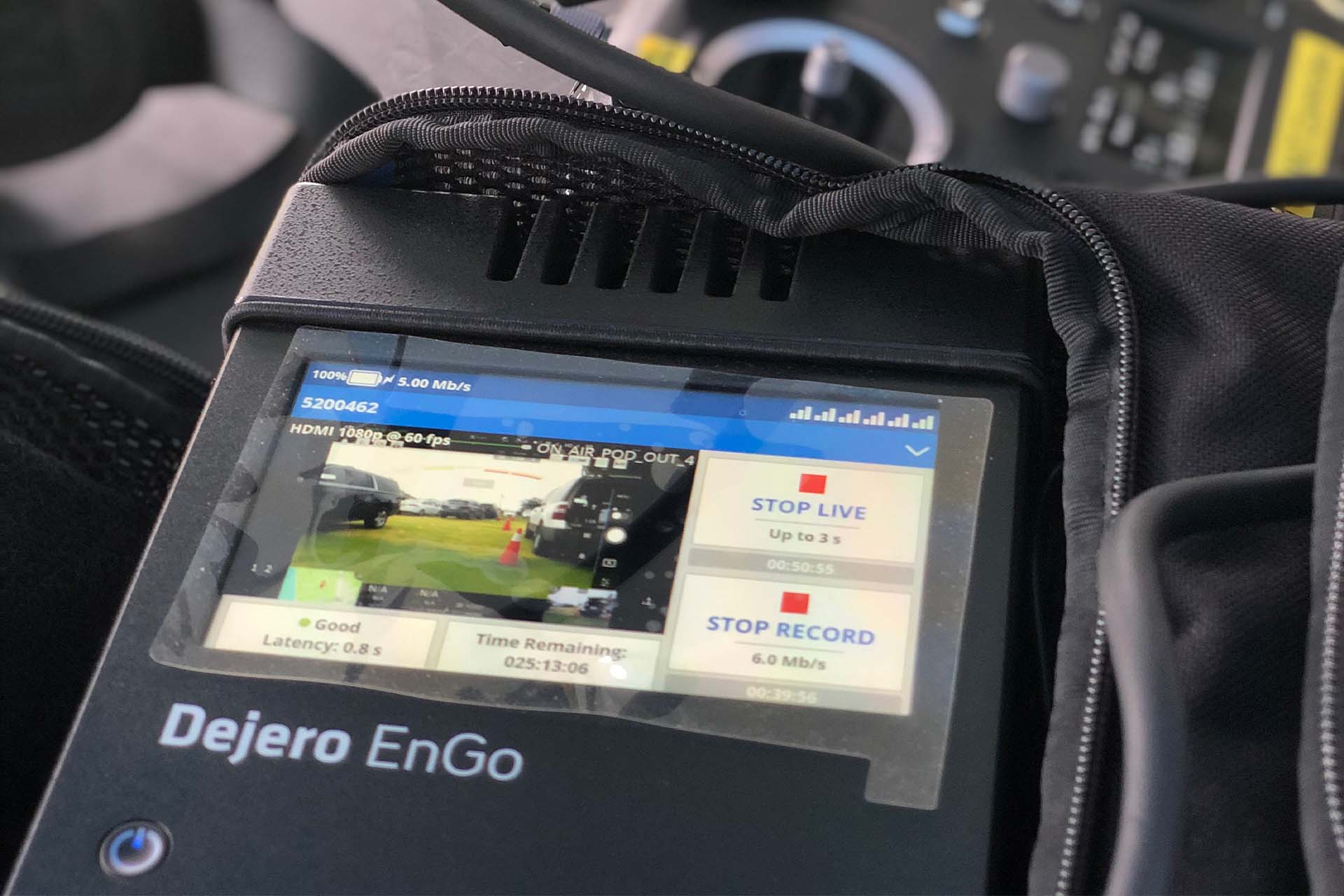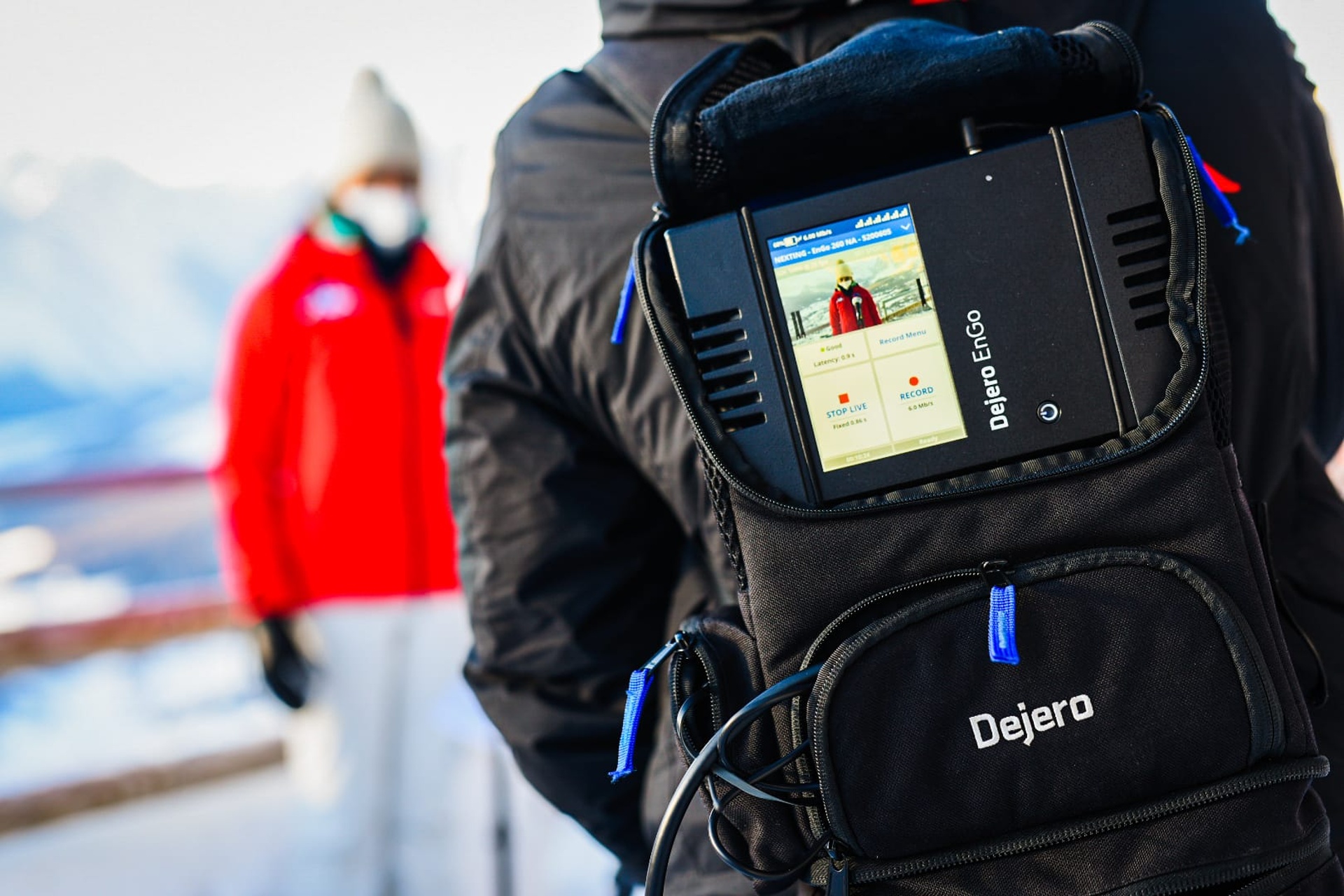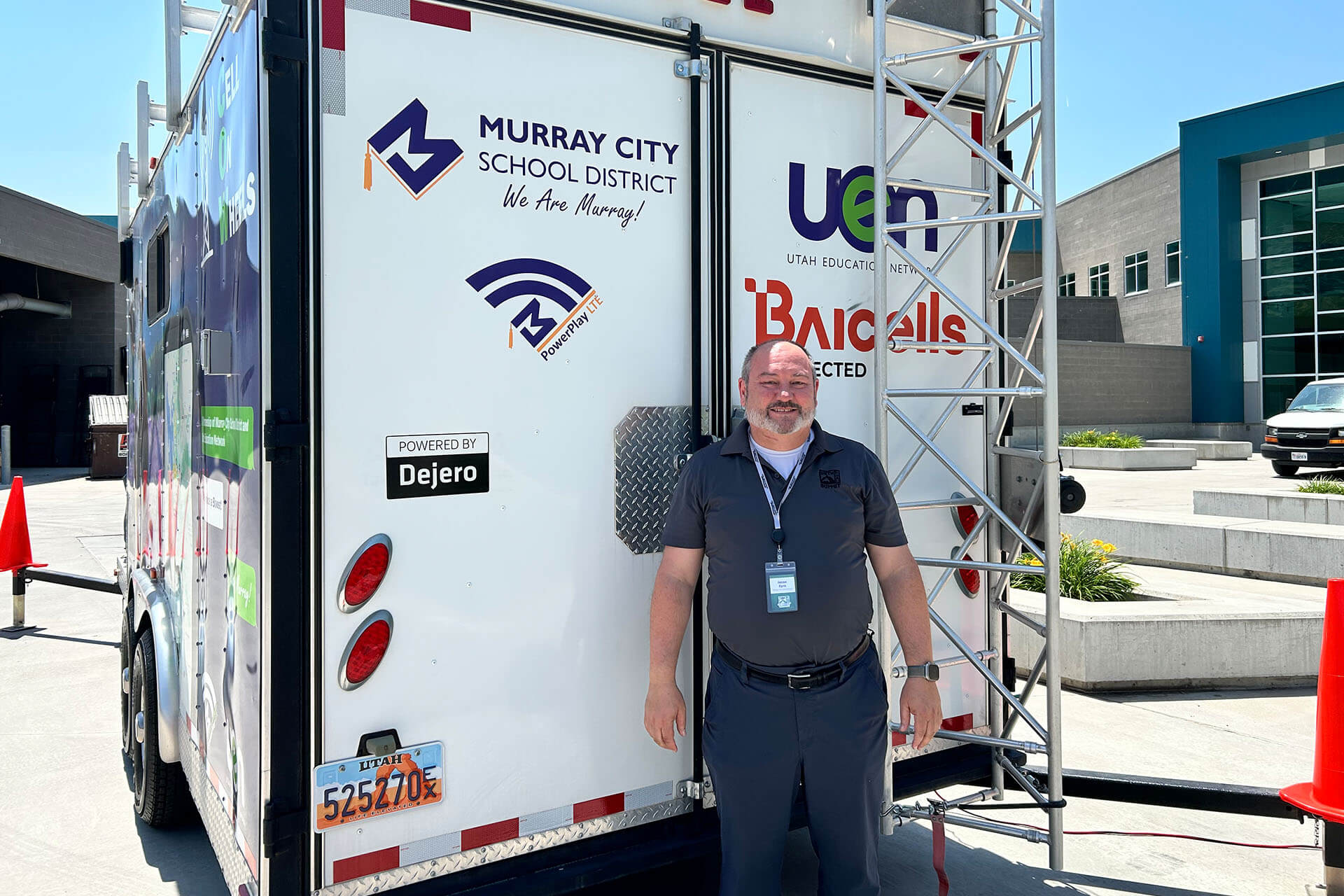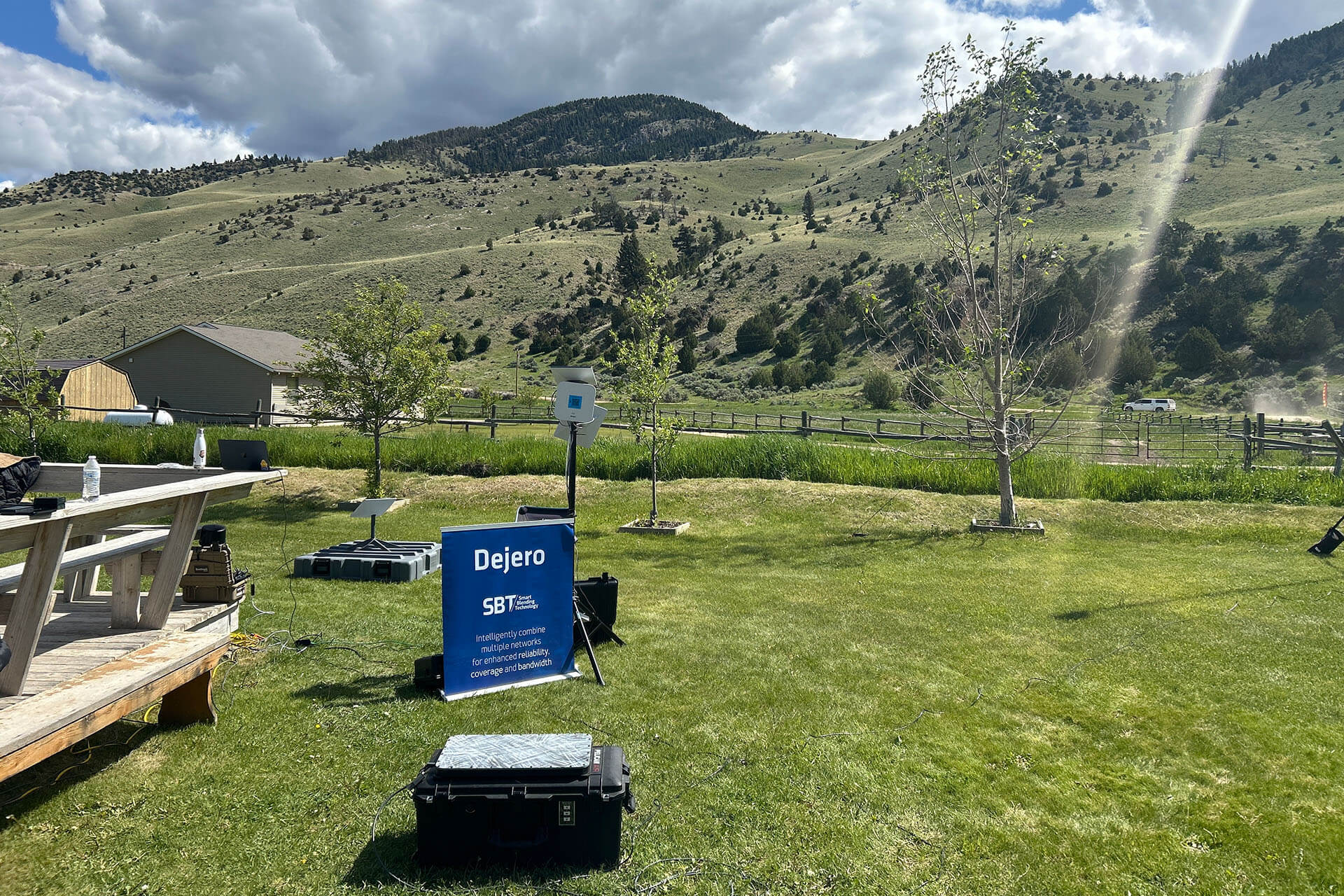Whether you report breaking news from the field, send live drone footage, cover a big game, or even shoot a commercial or film, transmitting high-quality video requires the right tools for the job. Especially if you’re in a location with limited connectivity—such as inside buildings, remote locations, or fringe coverage areas.
Mobile video transmitters efficiently encode and transmit video back to where you need it, whether it’s a studio, mobile command center, newsroom, or elsewhere. So, how do you find the right mobile transmitter for your needs? Here are a few things to consider.
Reliability
RF and antenna design are essential in ensuring you have a robust and uninterrupted connection when broadcasting video or transferring data to prevent downtime. You need technology that provides ultra-reliable reception in poor coverage and crowded areas and while on the go by combining multiple connections. Blending different network technologies from various providers delivers greater reliability with connection diversity. If a connection is lost or becomes congested, it can reroute packets in real-time to keep you connected.
Security
Security is always a concern when you send videos and move data over the internet. How do you keep your files safe? Look for mobile transmitters that run on highly secure operating systems, such as Linux, as they offer additional protection against vulnerabilities. It’s also important to look at the encryption standards—AES256 is considered practically unbreakable.
Ease of Use
When you’re investing in technology, you want something that just works. Minimal buttons, responsive touch screens, and a simple set-up will give you a hassle-free experience when trying to go live or transfer files. They also require less training for operators in the field. Simplicity is key to saving you time and money.
Portability
There will be times when you’ll need to travel with your mobile transmitter to report a story, broadcast a game, or shoot a scene. You want something that is aircraft carry-on compliant, so you don’t deal with the hassle of checking an expensive piece of equipment and risking it getting lost on your journey. Having global modems and global roaming, with the ability to switch out SIM cards without manufacturer support, will make it easy to take it anywhere.
Cellular Frequency
Transmitters that work on different frequency bands can adapt to the available networks so that you can use them virtually anywhere. Supporting additional international bands is essential when using them outside your home base. Some countries operate in specific frequencies, so broad support is key to preventing connectivity issues.
Durability
When investing in equipment, you want something that will last, so the materials housing your transmitter are important. Lightweight, aircraft-grade aluminum and ABS bumpers can protect it in the field. You should also look at the testing process it underwent: drop tests, vibration testing, crash testing and whatever other action it could face while in use.
Resolution
High-definition 1080p resolution will meet the needs of many people. Still, if you’re looking for something that will transmit video in the highest definition possible, for live sports or media productions, you’ll need to look for 4K UHD compatibility. Some transmitters will have this feature available with the base unit, while others may require you to purchase a license to get it.
Latency
Is it necessary to have a minimal delay in your transmission? When you’re broadcasting live or doing talkbacks, a delay can interrupt the flow of your broadcast. Under one second of latency is great, but since reliability is essential, be sure to test it out at different settings to ensure it meets your needs. Also, check with the manufacturer about the glass-to-glass latency over bonded cellular connections. Many mobile transmitters can achieve sub-second latency over a wired connection, but you may face situations where you’ll rely solely on cellular networks and should determine how well the equipment can perform under more challenging network conditions.
Versatility
Multiple functionalities on your transmitter mean you’ll have fewer things to worry about and be able to get more done with less equipment. When you’re in the field, having a device that fits in a backpack or can be mounted on a vehicle is critical to ensure that it’s as mobile as you require. And being able to act as a mobile hotspot for internet access only adds to the device’s versatility. It allows you to transfer files or connect other devices, like cell phones, to the internet. While several mobile transmitters offer a hotspot function, the most reliable models also include a multipath hotspot that combines several connections into one, instead of using a single connection.
No matter your needs, Dejero offers a mobile transmitter to meet them. Check out our line-up of EnGo mobile transmitters to figure out which one is best for you.









